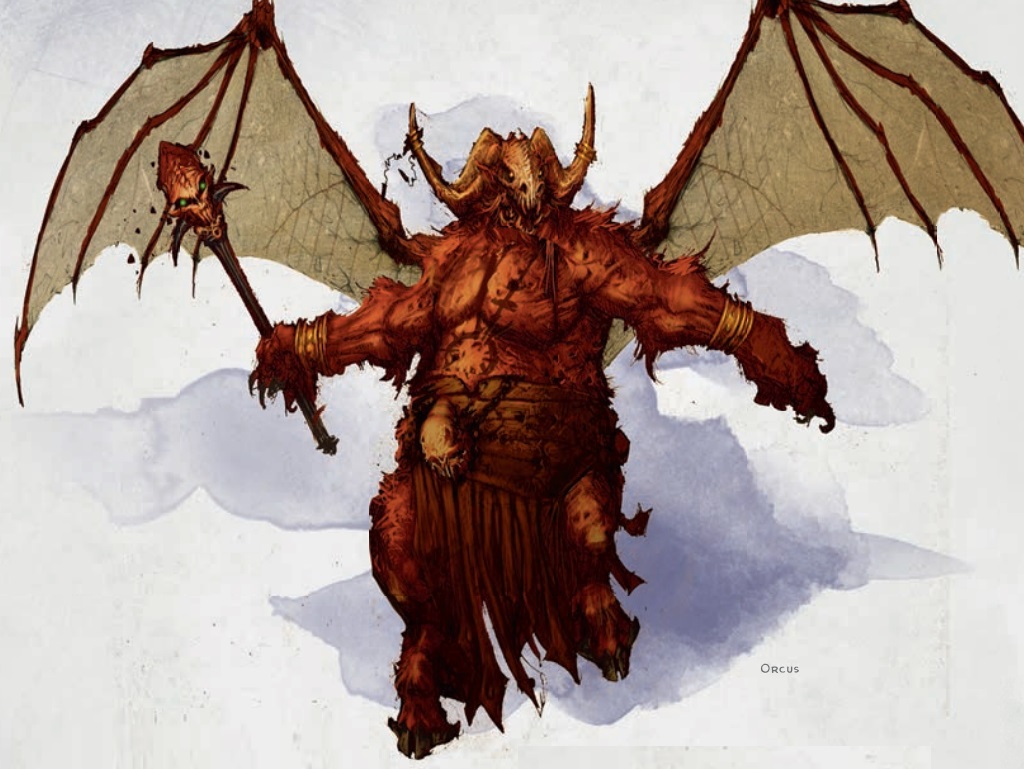
The god walked away from the mural claiming that the Dead Three's time as gods was at an end. He expressed contempt for them, ultimately dismissing them as "vermin." Jergal proclaimed that the souls of those transformed into illithids were lost and that the gods noticed it.

In the end, after the war the Absolute rained on the city of Baldur's Gate and many of its citizens suffered ceremorphosis, Jergal-as-Withers confronted a mural of his three inheritors – Bhaal, Myrkul, and Bane. However, he might have shown great kindness to the tiefling sorcerer girl named Arabella, soothing the girl when she was distraught over the death of her parents, showing her a glimpse of her destiny that filled her with joy. He accompanied the True Soul on their journey, but aside from resurrecting dead allies and summoning additional help when asked for, he did not intervene directly. As Withers, Jergal provided magical support to the adventurers, in exchange for a pittance of coin compared to the usual cost of such services. ĭuring the events surrounding the rise of the cult of The Absolute of the Year of Three Ships Sailing, 1492 DR, Jergal manifested an avatar called Withers in a temple dedicated to himself that had lain abandoned for over a century - or rather, interred his avatar within the temple at some point in the past so that the True Souls would eventually awaken it. As of the mid-14 th century DR he had a temple in Bezantur, Thay – the Crypt of Imminent Death. Jergal himself faded from his great stature, and became a seneschal to Myrkul, a position he kept even after his master perished and first Cyric and then Kelemvor assumed his place. Bane assumed the portfolio of Strife, Myrkul the rulership of the Dead, and Bhaal the portfolio of Murder. With the long aeons, he became bored with his position of power, and allowed for three mortals, known as the Dark Three, to each take up parts of his divinity. In the time of Netheril, he was a greater deity himself, with the portfolios of the Dead, Murder, and Strife. Jergal was an ancient deity, older than many of the greater gods of Faerûn. He spent much of his efforts combating Velsharoon's efforts to prolong life into undeath.

The death of those deities left Jergal in the service of Cyric and then Kelemvor he worked well with Kelemvor, but retained his scorn for Cyric. Relationships īane, Bhaal, and Myrkul inherited most of the portfolios of Jergal when he wearily stepped down from his position and then faded into near-obscurity. Personality Īlthough his nature was that he must be loyal to the office of death, he could subtly undermine the holder of that office if he or she was not true to the office's responsibilities. No matter the manifestation, when Jergal spoke, his voice was chilling and seemingly disembodied, echoing with the dry whisper of a tomb that had long been forgotten. Jergal's favored manifestation was simply the sound of a closing book, carrying a chilling feeling of finality. He could take the form of any undead creature, amplifying the form's abilities with his gear and enervating touch unless the creature had such a power of equal or greater potency. Jergal was also known to take on the form of an old mortal man with a great white beard and sunken eyes that still held the spark of energy and betrayed his sharp intellect. When Jergal spoke, his voice was chilling and seemingly disembodied, echoing with the dry whisper of a tomb that had long been forgotten. In his clutches was a quill with fresh ink and a thick scroll covered in an intricate and incomprehensible script.

Its outer surface was a gate to the Negative Energy plane. Most of his form was also covered, hidden behind a gray, shadow-filled cloak that seemed to absorb the very atmosphere around it and moved as if blown in a wind, even if none was present. Jergal's lengthy, claw-like hands and forearms were covered by a pair of white gloves. His elongated skull hosted bulbous, yellow eyes devoid of life and insectoid mandibles, as well as a nose and ears barely distinguishable from the rest of his head. He was a wizened and insubstantial creature, mummy-like in appearance with gray, tightly taut skin. Jergal was frequently depicted as a member of an ancient alien race that resembled a cross between a humanoid and a praying mantis.


 0 kommentar(er)
0 kommentar(er)
